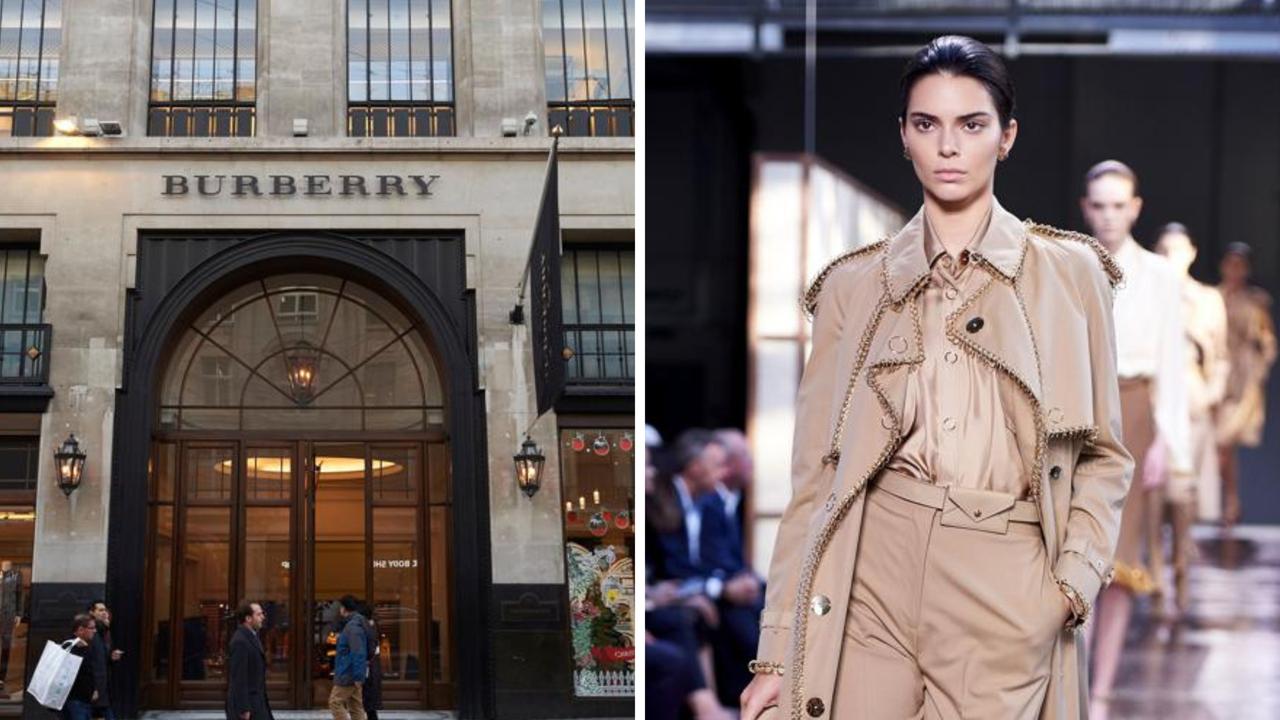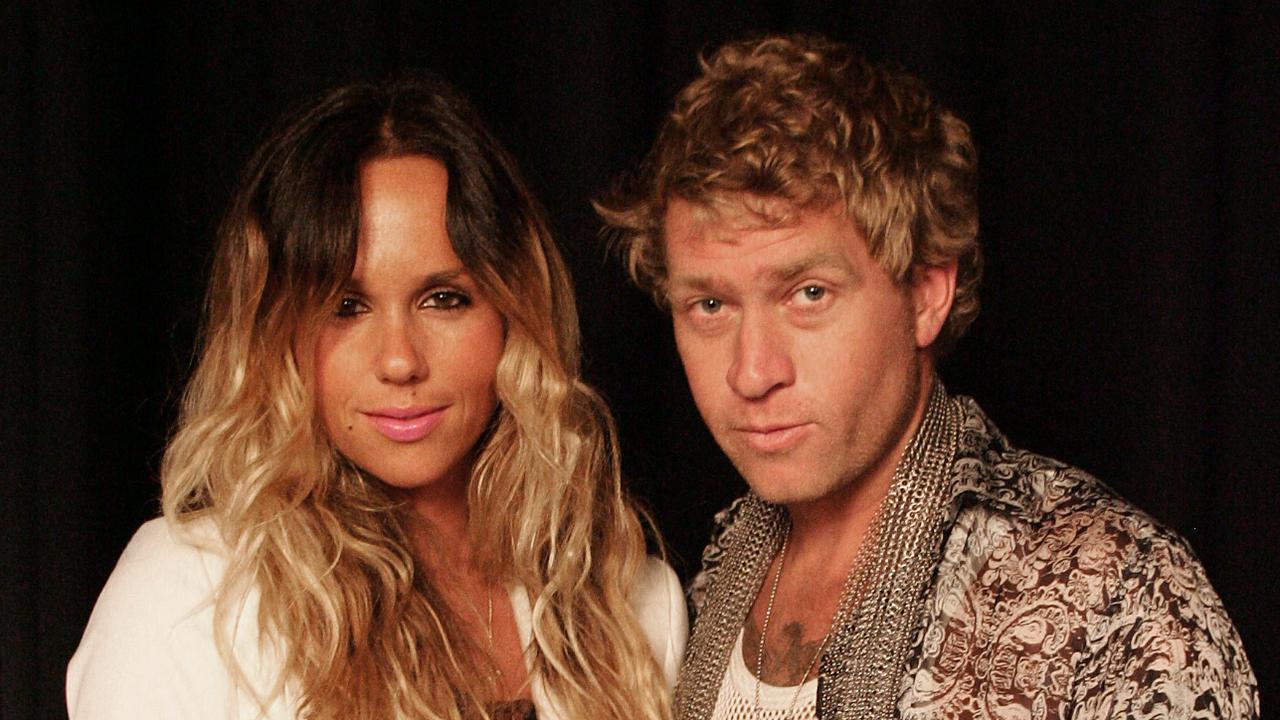How Aussie brand DISSH went from Brisbane shop to global minimalist icon
This brand might be a homegrown fashion powerhouse beloved for its minimalist pieces and cool girl charm, but that wasn’t always the case.
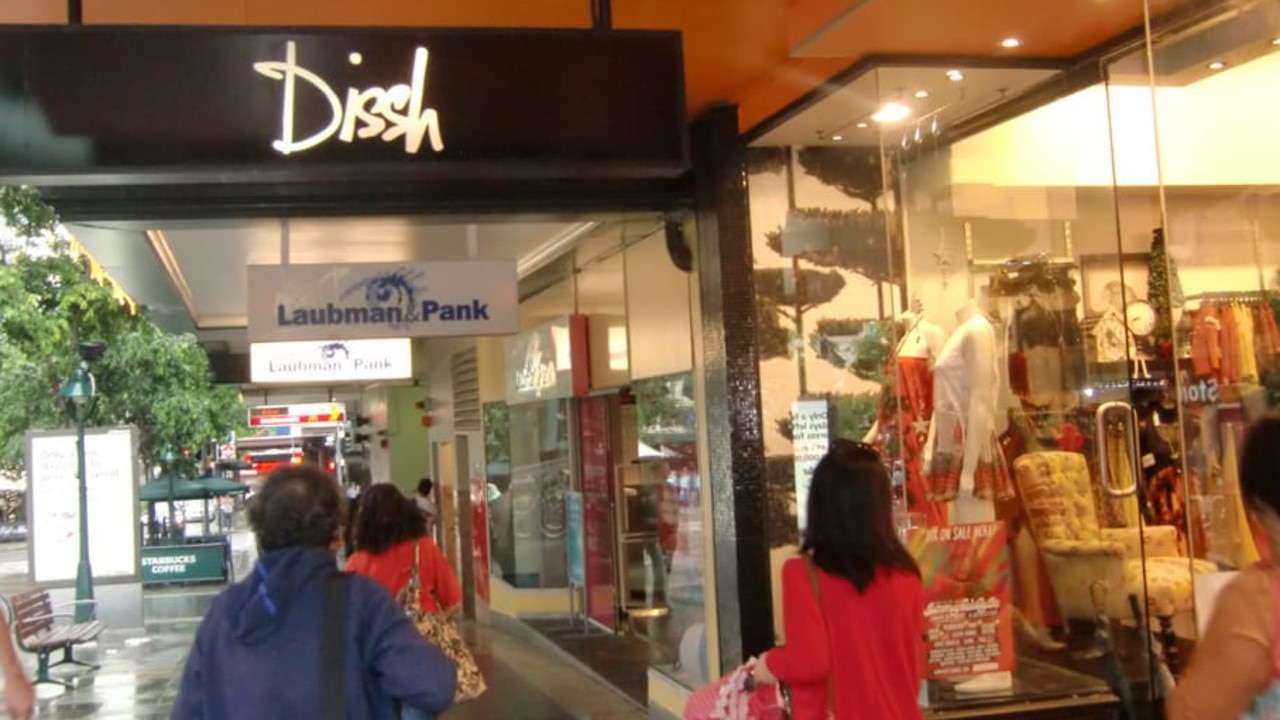
Fashion powerhouse DISSH has skyrocketed in popularity in recent years, thanks in large part to its relaxed basics, neutral colourways and affordable price point.
But years before the Australian label became a must-have for women across the country, the brand looked a little different.

Stiletto founder Maree Henry opened the first DISSH store in 2001 on the Gold Coast, with a series of other shopfronts following.
Back in 2011, the brand was known for its bright colours and trendy pieces.
It was the era for bubble skirts, “bedazzalling” and the over-saturation of the peplum tops, and DISSH was at the forefront.

Describing the vibe, one harsh Yelp reviewer wrote: “While this place is one for the tight’n’tarty brigade (and it also has rails heaving with that current Brissie staple - mullet maxi dresses), when you poke around the store - after first pushing aside hordes frenzied teenagers - it’s surprising what you can find.”
That all changed in 2020, when the brand underwent a significant makeover.
Gone were the bright colours, replaced instead with natural fibres and more modern designs.
The change came when co-founder Lucy Henry-Hicks became the Director of DISSH.
Ms Henry-Hicks joined DISSH after leaving high school in 2006, working with her mum, and founder Ms Henry, who left the company before its major rebrand.
“For a long time, mum and I worked and built the brand together. In recent years, we made the decision to go our separate ways,” said Ms Henry-Hicks told Style Magazines in 2020.
“This was a difficult decision at the time, but the right one in order to give us both the space and opportunity to create and deliver our own visions.”
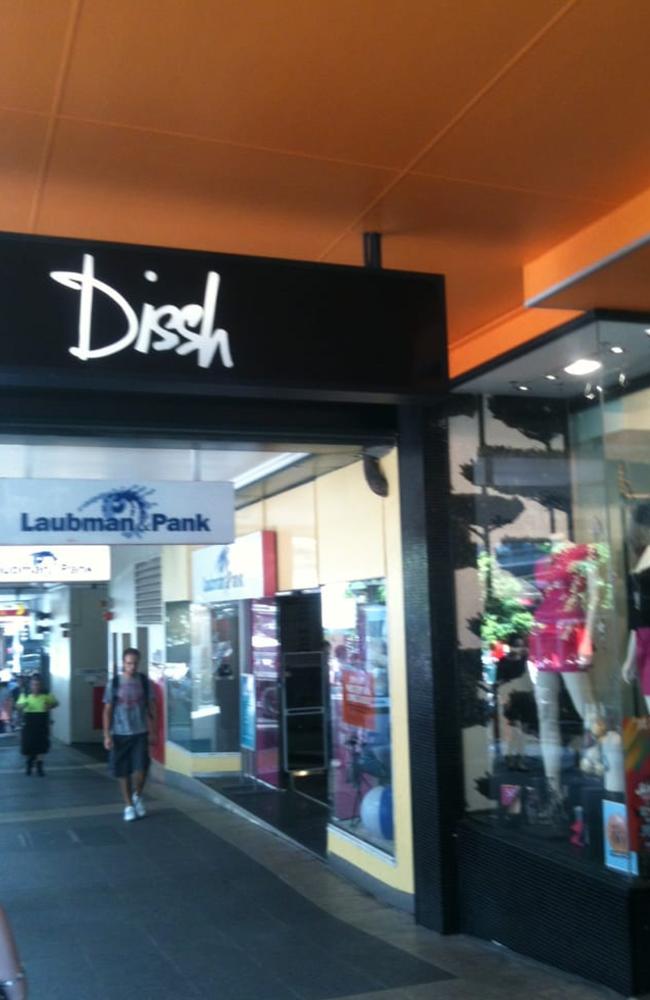
However, the founder said there was no animosity behind her mum’s departure.
“We still support each other daily and are happier than ever,” she said.
“What customers see now is my version of the DISSH concept, and gives context to the evolution of the brand’s identity and direction.”
The brand has grown rapidly since the rebrand, with more than 200 staff and multiples stores across the country, including Chadstone in Melbourne and Bondi in Sydney.
According the Australian Financial Review in 2022, the business tripled its revenue between 2019 to 2022, with annual revenue forecasts of $70m for the 2021 to 2022 financial year.
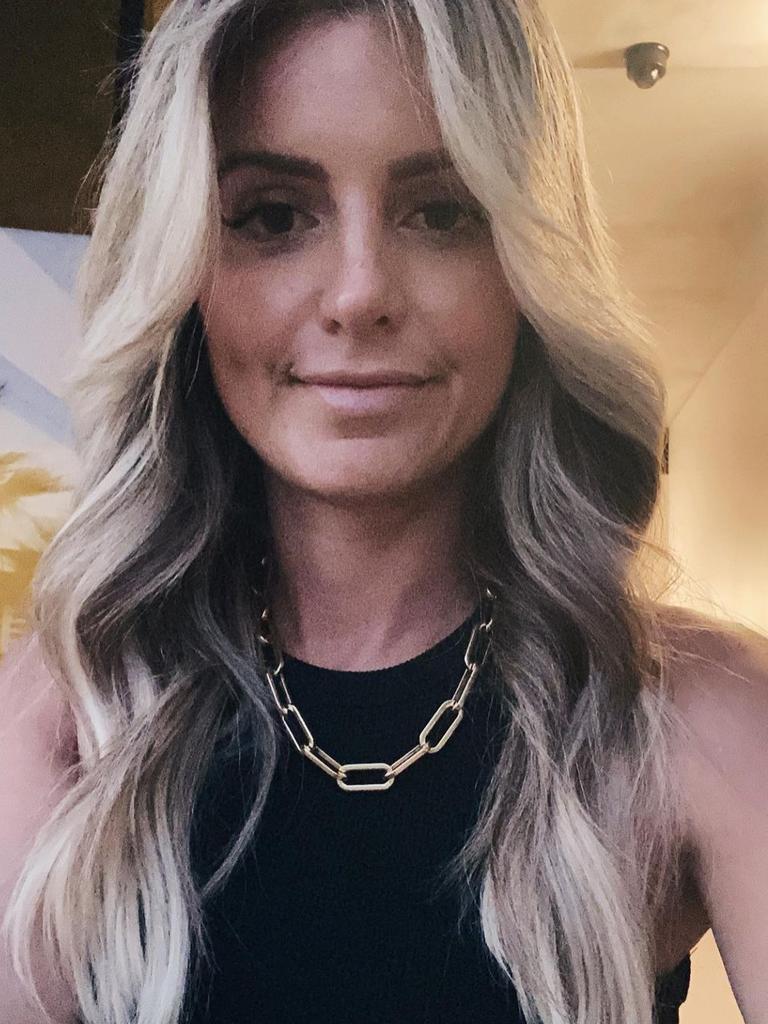
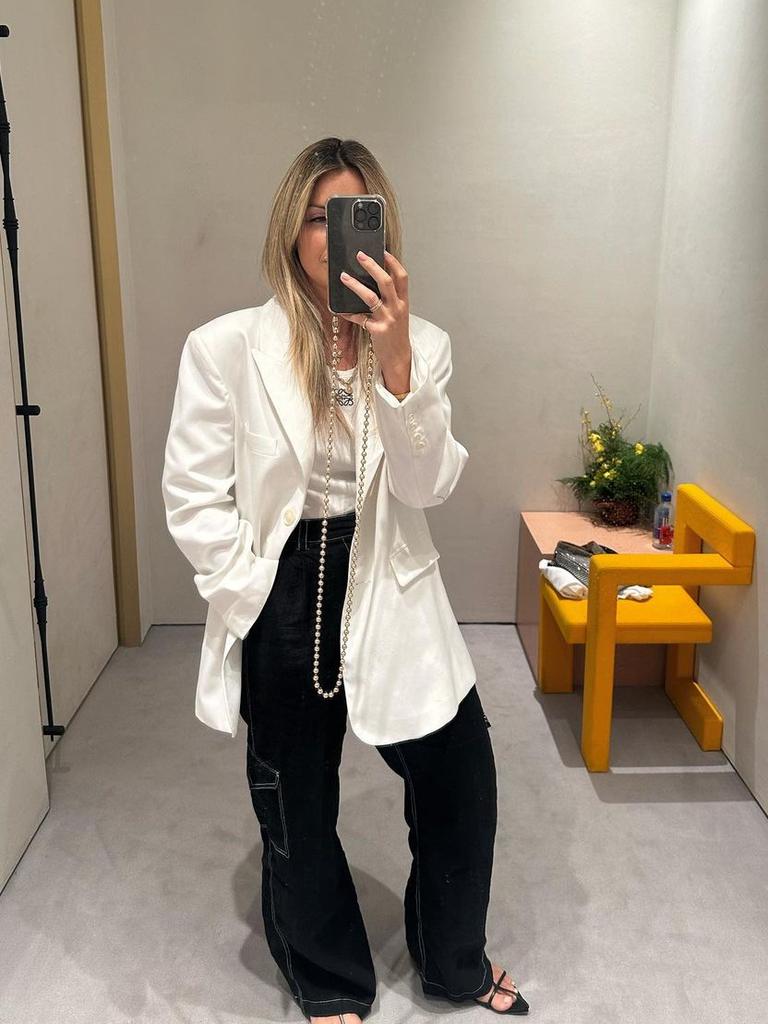
Stylist and influencer behind Trash To Treasured, Tina Abeysekara has been a longtime fan of the brand.
Ms Abeysekara first began noticing the brand on social media between 2020 to 2021. Then in May 2022, supermodel and author Emily Ratajkowski was seen wearing a $69.99 black knit tank top from the brand while at the airport, leading the piece to sell out online.
“I realised there was a shift happening for this brand, because it was popping up on celebrities,” Ms Abeysekara said.
As someone who’s made a career from recommending products to her 159,000-strong audience, Ms Abeysekara has seen her fair share of labels come at go.
Looking at DISSH, she credits the brand’s popularity to the fact that it has enough styles to appeal to a wide audience, while still maintaining its clean, minimalist, and wearable aesthetic.
While the combination is a big part of Australia’s international style footprint, it can be difficult to distinguish in an over-saturated market, yet somehow DISSH does, says Ms Abeysekara.
“When I see a piece, I know it’s DISSH straight away,” she said.
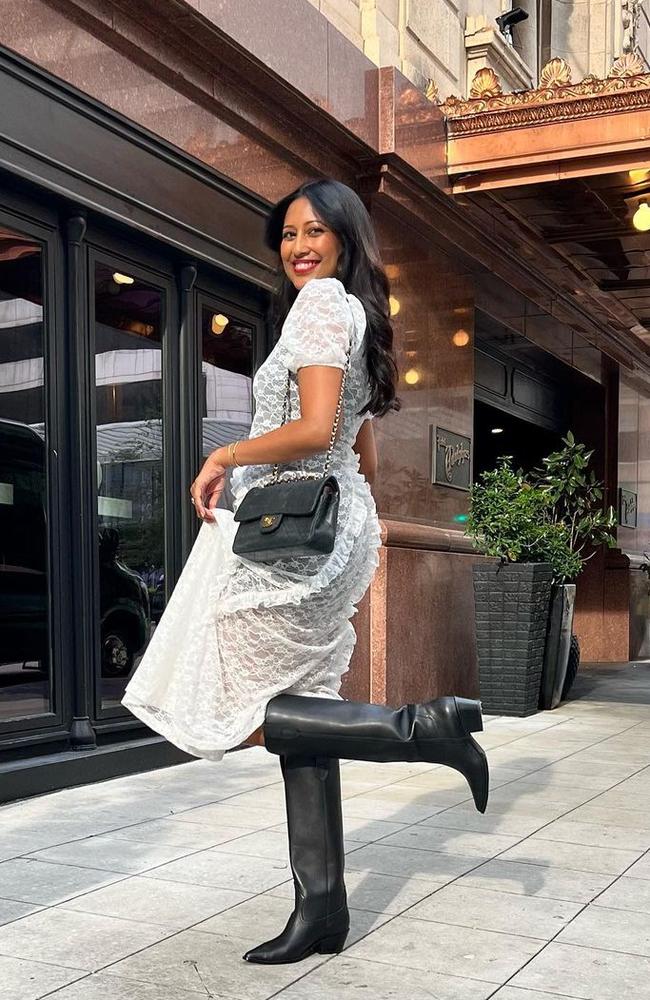
No doubt, the brand’s social media footprint has helped capture a loyal customer base, with international influencers catching on too.
On TikTok, the brand was more than 113,000 followers, and 574,800 likes. The hashtag #disshtryon was more than 4.5m views, and the #disshhaul has more than 15.6m views, feature hours and hours of polished 20-something girls showing off their neutral-toned purchases.
Think: Linen dresses, matching vests and pants, and maxi, structured skirts in every shade of beige, black, crisp white, and brown. The odd swath of tie-dye is also allowed.
While DISSH might not have the same presence as other affordable Australian brands – like Princess Polly’s 748,000 followers, or Showpo’s 171,600 followers – DISSH’s product range is also a lot smaller.
The Brisbane brand has about 210 products (including sale) on its website. Princess Polly has 180 pieces in its ’New In’ section alone, Showpo – which is owned by Shark Tank’s Jane Lu – has even more.
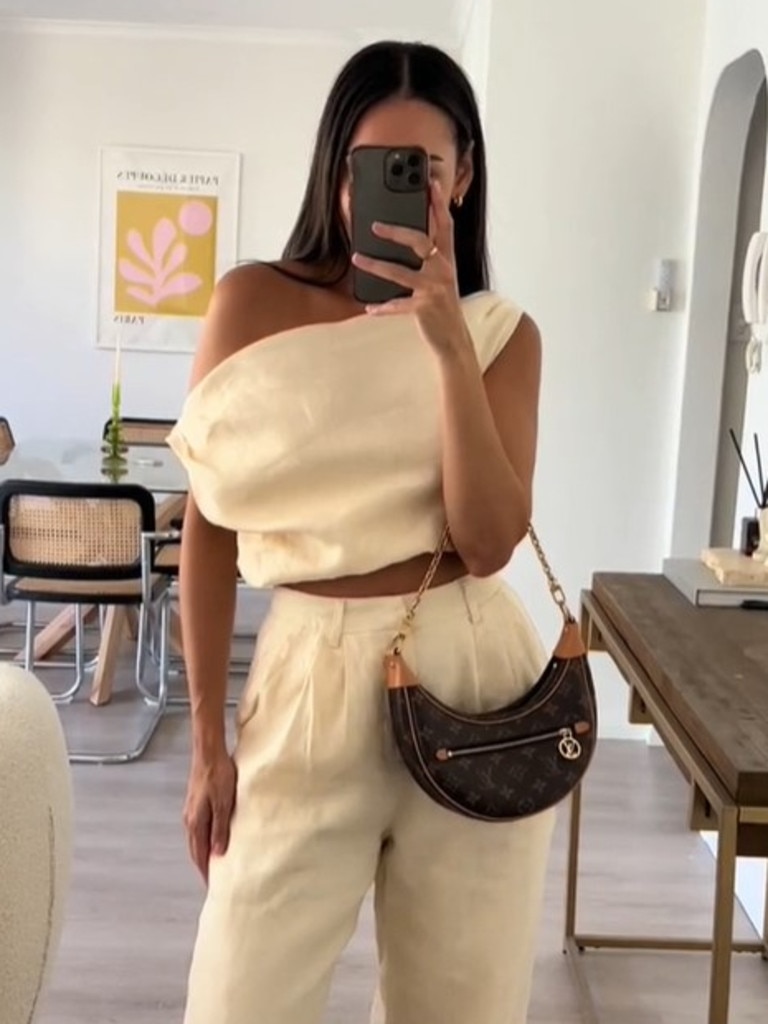

Ms Abeysekara says the word she’d use to describe the brand is wearable.
Unlike a lot of shopping platforms which only carry up to a size 12, DISSH goes from size 6 to a 16. Intentional design choices like ensuring their dresses come in a mini and maxi length also go a long way to ensure all customers are catered to.
“Something as simple as that – you could be speaking to the same customer – people who wear both lengths – or people who are petite and will go for the mini length, or those who want a maxi-length option,” she said.
“The designs are not too out there – and I don’t say that in a bad way. I think shoppers in the Australian market don’t want to be too out there, but they do want to look put together and polished, and DISSH nails that aesthetic.”

